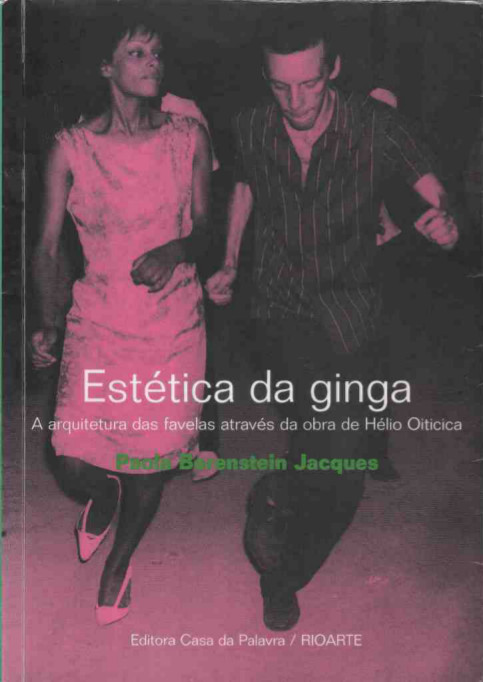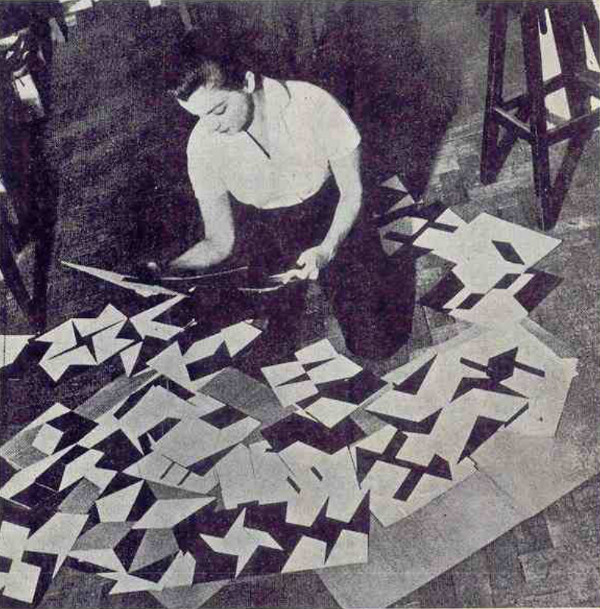Paola Berenstein Jacques: Estética da ginga: A arquitetura das favelas através da obra de Hélio Oiticica (2001) [Portuguese]
Filed under book | Tags: · architecture, art, brazil, city, favela, neo-concrete art, philosophy, tropicalia, urbanism

Estética da ginga goes from a transcendental gesture [the rising of the artist, Hélio Oiticica, to favela’s hill] to perform a mapping in three fields: artistic, architectural and, by extension, the sociocultural.
The book pursues an interdisciplinary frontier, narrowing notions of art, architecture and philosophy.
The life and work of Hélio Oiticica serve as a living model for this aesthetic in which the “ginga”, dancing, covering and uncovering his body of dancer, artist, slum inhabitant, the artist evokes at the same time the samba of the “favelas”, the “favelas” themselves, and shows us that the origin of the artwork changes every moment in the life of a city, a group, a man, in a sort of ephemeral joy.
Publisher Casa da Palavra, Rio de Janeiro, 2001
ISBN 8587220438
160 pages
via Andreia Costa
PDF (no OCR)
Comment (0)Lygia Clark, Hélio Oiticica: Cartas, 1964-1974, 2nd ed. (1996/1998) [BR-Portuguese]
Filed under book | Tags: · art, constructivism, installation art, neo-concrete art, painting, tropicalia

Correspondência trocada entre Lygia Clark e Hélio Oiticica.
“Lygia e Helio são os dois maiores artistas do experimentalismo nas artes plásticas brasileiras.”
Edited and with an Introduction by Luciano Figueiredo
With a Preface by Silviano Santiago
First published in 1996
Publisher UFRJ, Rio de Janeiro, 1998
ISBN 8571081913
264 pages
PDF (77 MB, updated on 2024-6-9)
Comments (6)Lygia Clark: Lygia Clark (1980) [Portuguese]
Filed under book | Tags: · art, constructivism, installation art, neo-concrete art, painting, tropicalia

“Lygia Clark (1920–1988) was an artist best known for her painting and installation work. She was often associated with the Brazilian Constructivist movements of the mid-20th century and the Tropicalia movement. Even with the changes in how she approached her artwork, she did not stray far from her Constructivist roots. Along with artists Amilcar de Castro, Franz Weissmann, Lygia Pape and poet Ferreira Gullar, Clark co-founded the Neo-Concretist art movement.” (Wikipedia)
With texts by Ferreira Gullar, Mário Pedrosa, and Lygia Clark
Publisher Funarto, Rio de Janeiro, 1980
60 pages
via Rafael Amambahy
Download (removed upon request of the Cultural Association “The World Of Lygia Clark”)
The book can be viewed on the website of ISAA Documents (added on 2017-8-17)

